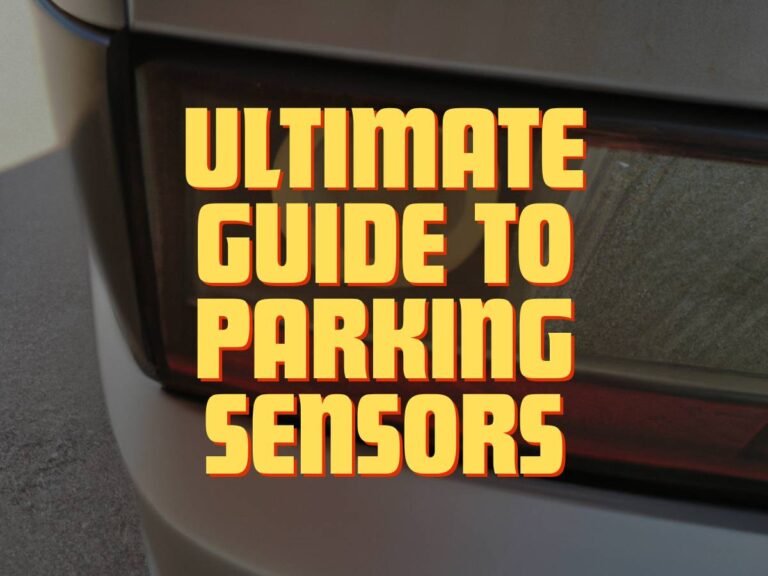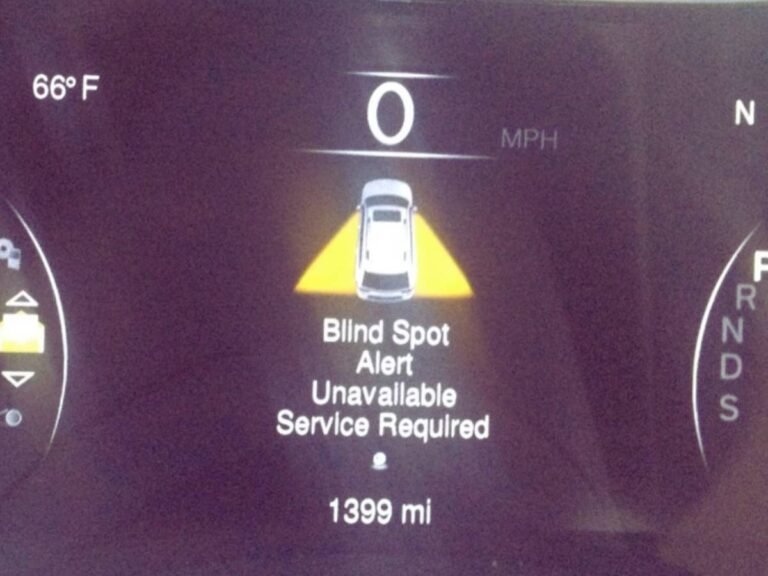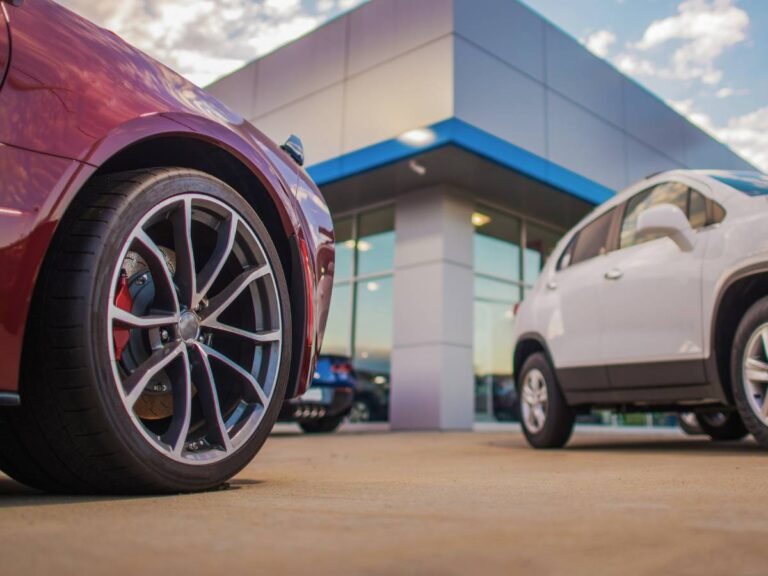What is Forward Collision Avoidance Assist? A Comprehensive Guide
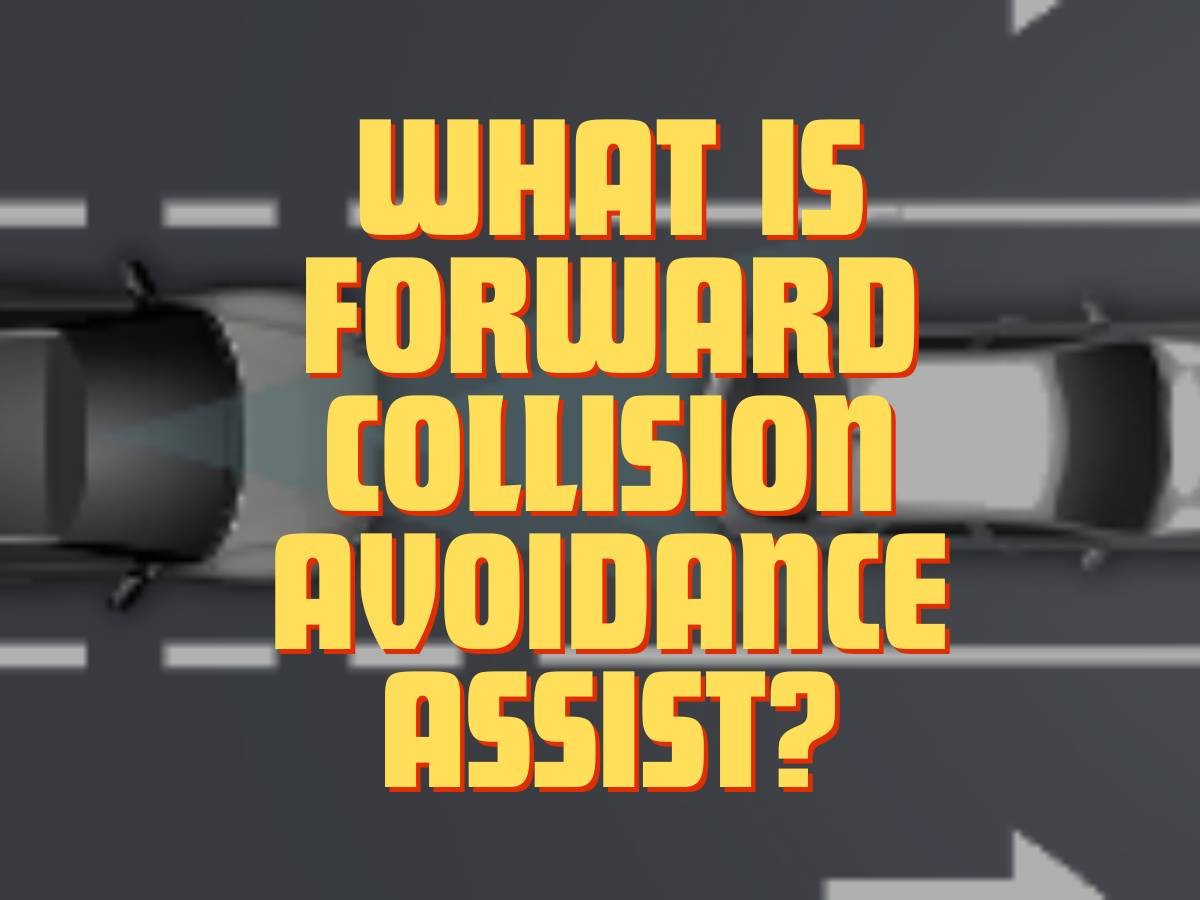
Forward collision avoidance assist has become increasingly common in modern vehicles. It is a safety feature that minimizes the risks of head-on crashes. The best part is that it is available for various vehicles, including cars, trucks, SUVs, semi-trucks, buses, and emergency transports, making it an accessible choice for most drivers.
The emergence of forward collision-avoidance assist is noticeable to all regular and professional drivers. Almost every modern vehicle comes equipped with it. But what actually is it? More importantly, how does it work? Let’s find out our answers!
Forward Collision Avoidance Assist – A Complete Breakdown
Forward Collision Avoidance Assist is a safety feature that uses a combination of sensors, cameras, and algorithms. It detects imminent collisions with vehicles, pedestrians, or obstacles. When a potential collision is detected, the system alerts the driver.
Most forward collision avoidance systems can automatically apply the brakes if the driver fails to respond in time. Its proactive safety measure is crucial in reducing the number and severity of accidents on the roads.
Let’s look at the different components of a forward collision avoidance assist (FCAA) to provide a clearer picture:
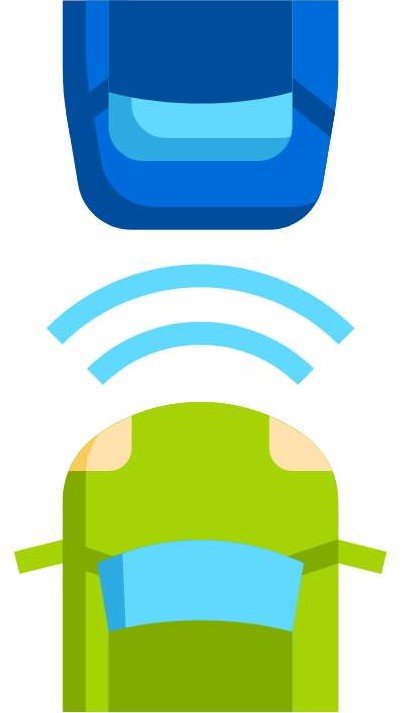
Sensors/Cameras
An FCAA can have either a camera or a sensor. However, some hybrid systems may combine the best of both worlds. These are the eyes of the FCAA system, mounted at strategic points around the vehicle.
Generally, they are near the rearview mirror or on the grille. The sensors and cameras have one responsibility, scanning the road ahead. They detect obstacles, vehicles, and pedestrians, providing real-time data about the environment around the car.
Radar
Radar complements the sensors and cameras by sending out radio waves. They bounce back from objects in front of the vehicle.
The addition of radar helps determine the distance and speed of objects moving towards or away from the car. Ultimately, it offers crucial information about potential threats.
Software Algorithms
The real magic happens here. Advanced algorithms process the data collected from sensors, cameras, and radar. This way, they can identify potential collision threats.
These algorithms can calculate the likelihood of a collision by analyzing the speed of the vehicle and the relative speed and distance of objects ahead.
How Does Forward Collision Avoidance Assist Work?
The working of forward collision avoidance assist relies on the coordination between its components. Generally, this interaction is seamless and occurs in milliseconds. Let’s look at it in detail:
- Detection: As soon as the cameras and radar detect a potential collision object, they send the data to the onboard computer system.
- Analysis: The software quickly analyzes this data to determine the risk of a collision.
- Action: Depending on the level of threat and the vehicle’s settings, the system either issues a warning to the driver or takes direct action.
If the system assesses that the collision is imminent and the driver hasn’t reacted yet, it can autonomously apply the brakes. In less critical situations, it may initially provide visual, auditory, or tactile alerts to prompt the driver to take action.
Types Of Forward Collision Avoidance Assist Systems
A forward collision avoidance assist may come in different types. However, it has two primary categories. Let’s look at them to provide a clearer picture:

Basic Alert Systems
These systems are designed to warn the driver of a potential hazard, allowing the driver to take corrective action. Alerts can be auditory (beeps), visual (flashing lights on the dashboard), or tactile (vibration of the steering wheel or seat).
Advanced Action Systems
More advanced than basic alert systems, autonomous braking can take control of the vehicle to avoid a collision. If the system detects that a collision is imminent and the driver has not responded to initial warnings, it will automatically apply the brakes. That is to reduce the impact speed or, ideally, avoid the collision altogether.
How Can Forward Collision Avoidance Assist with Driving?
Forward collision avoidance assist (FCAA) is more than an individual safety feature. It is a pivotal component in the broader context of modern automotive technology. Here’s how FCAA is transforming the way we drive:
Integration of FCAA with Other Safety Technologies
FCAA doesn’t operate in isolation. It is often integrated with other advanced driver-assistance systems (ADAS) such as adaptive cruise control and lane keeping assist.
Adaptive cruise control adjusts the vehicle’s speed to maintain a safe distance from cars ahead. Alternatively, lane keeping assist helps keep the vehicle centered in its lane. When combined with FCAA, these technologies work synergistically to prevent accidents.
For example, if a car suddenly stops in front of a vehicle and the driver doesn’t react quickly enough, FCAA can automatically apply the brakes. This integration not only enhances safety but also adds a level of convenience and comfort to driving.
Role of FCAA in Autonomous and Semi-autonomous Vehicles
As the automotive industry edges closer to fully autonomous vehicles, FCAA is a critical stepping stone. In both autonomous and semi-autonomous vehicles, FCAA serves as a fundamental technology.
It ensures that even without human intervention, the vehicle can detect and react to potential hazards ahead. This capability is crucial for the reliability and trustworthiness of self-driving cars. FCAA provides an essential layer of safety that complements other autonomous technologies.
Conclusion
The integration of forward collision avoidance assist into modern vehicles marks a significant advancement in automotive safety technologies. The best part is that FCAA is comparatively easier to install than most other ADAS. It only requires minimal technical experience, and many professionals can also help.
As we look towards the future, the role of FCAA in autonomous and semi-autonomous vehicles becomes increasingly crucial. In short, forward collision-avoidance assist provides a window into the future of the driving and automotive industry.


